-
 © Ford
© Ford -
 © Autocar
© Autocar -
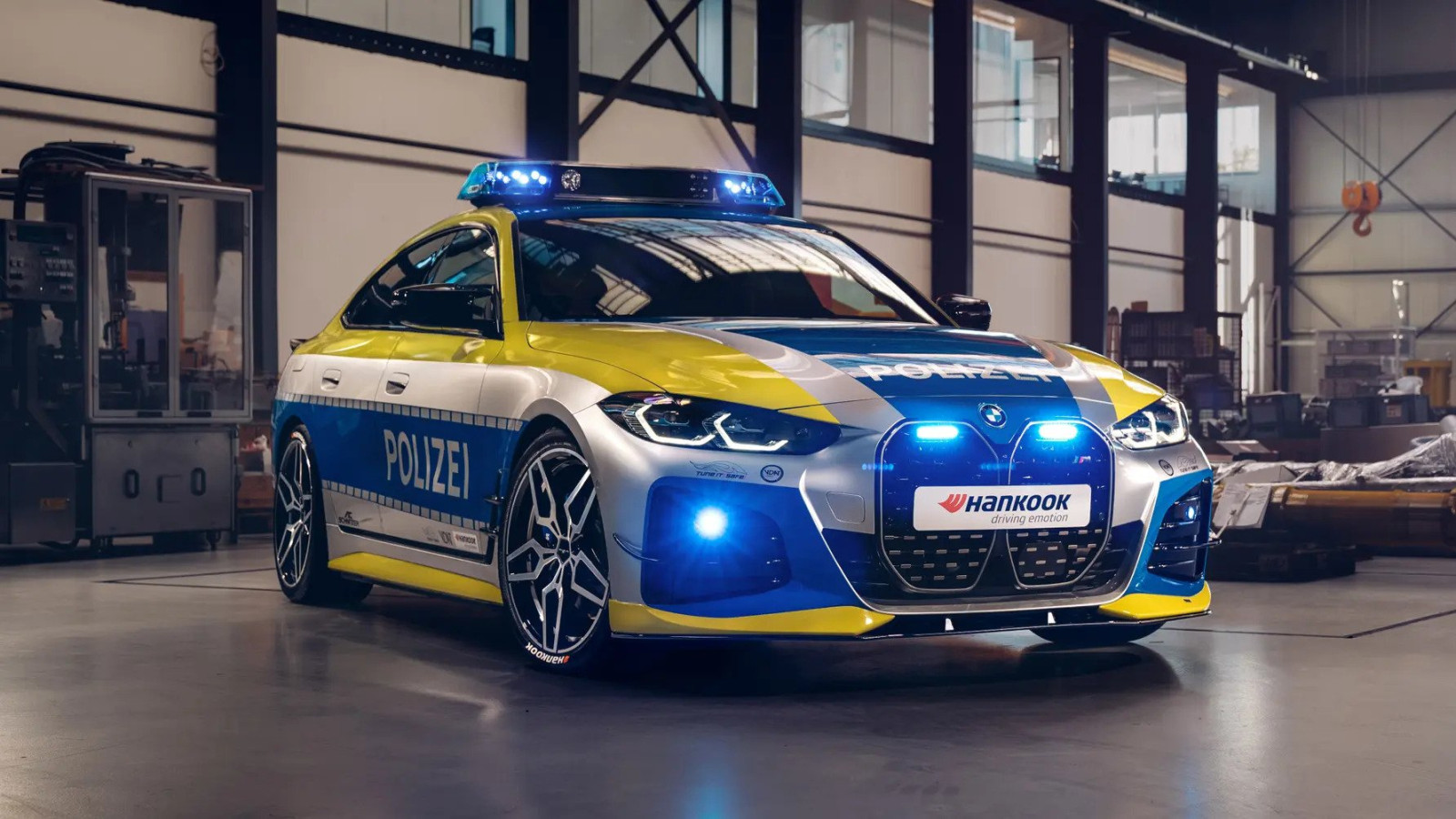 © Schnitzer
© Schnitzer -
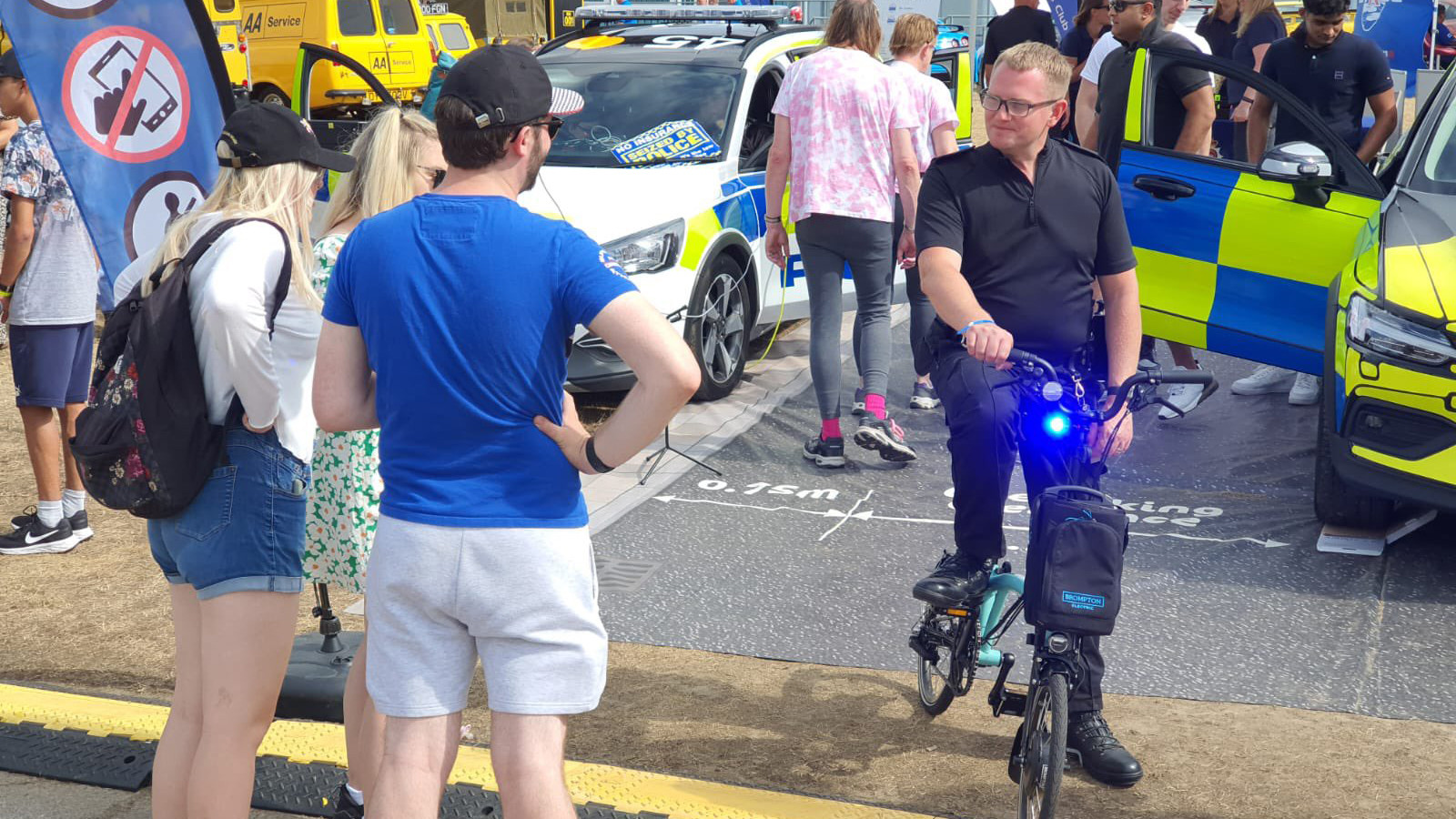 © Surrey Road Police
© Surrey Road Police -
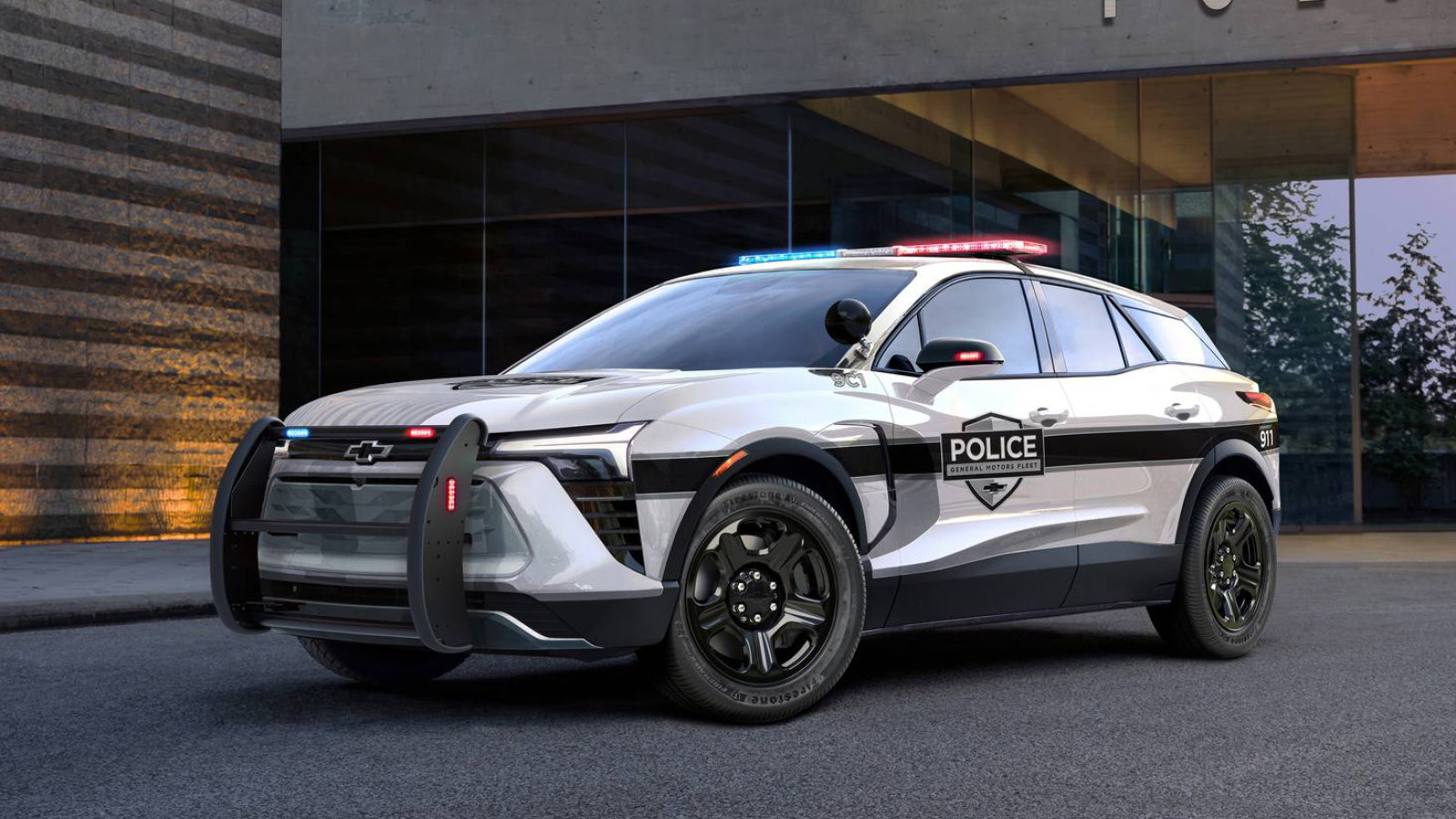 © Chevrolet
© Chevrolet -
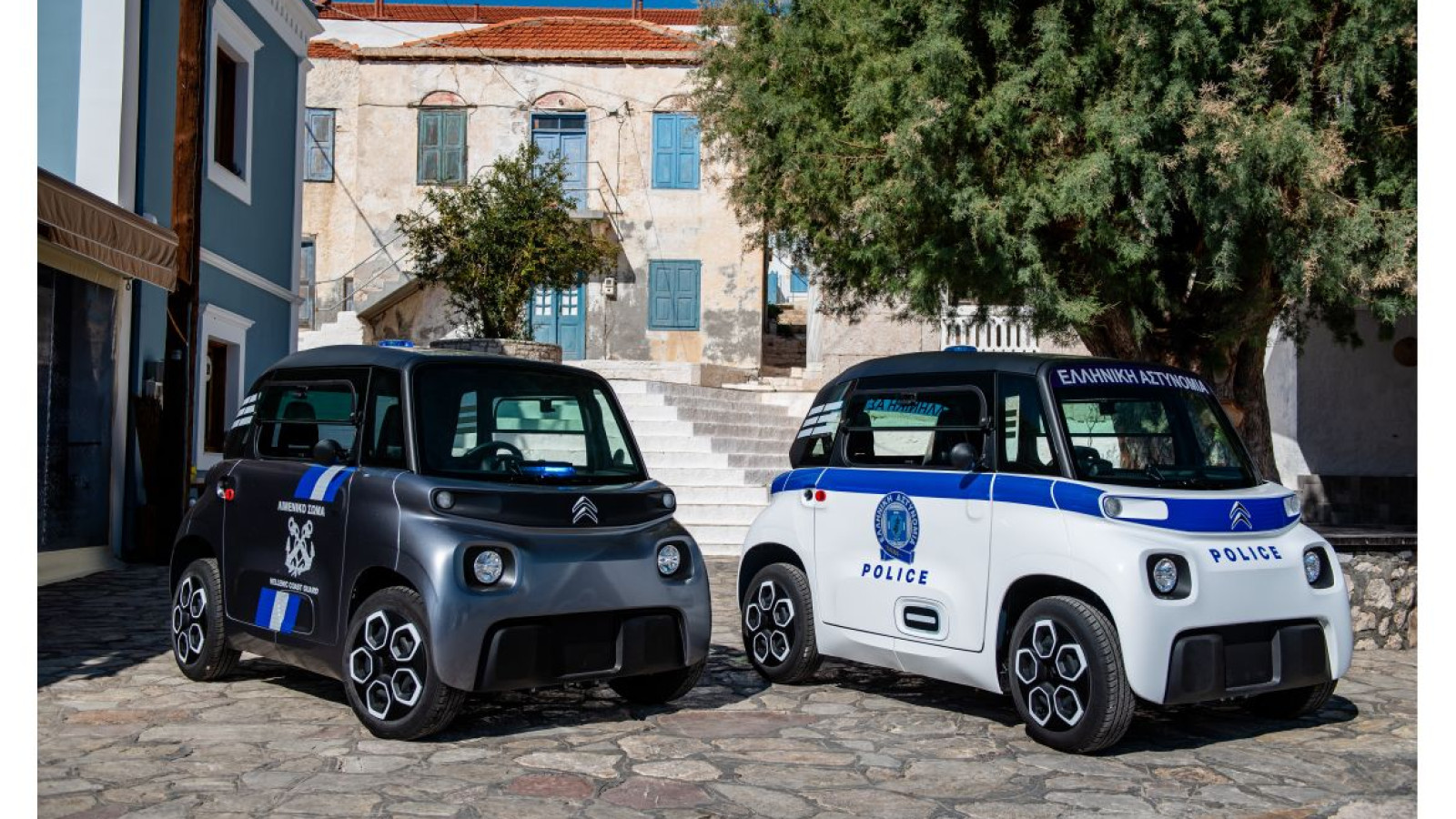 © Citroën
© Citroën -
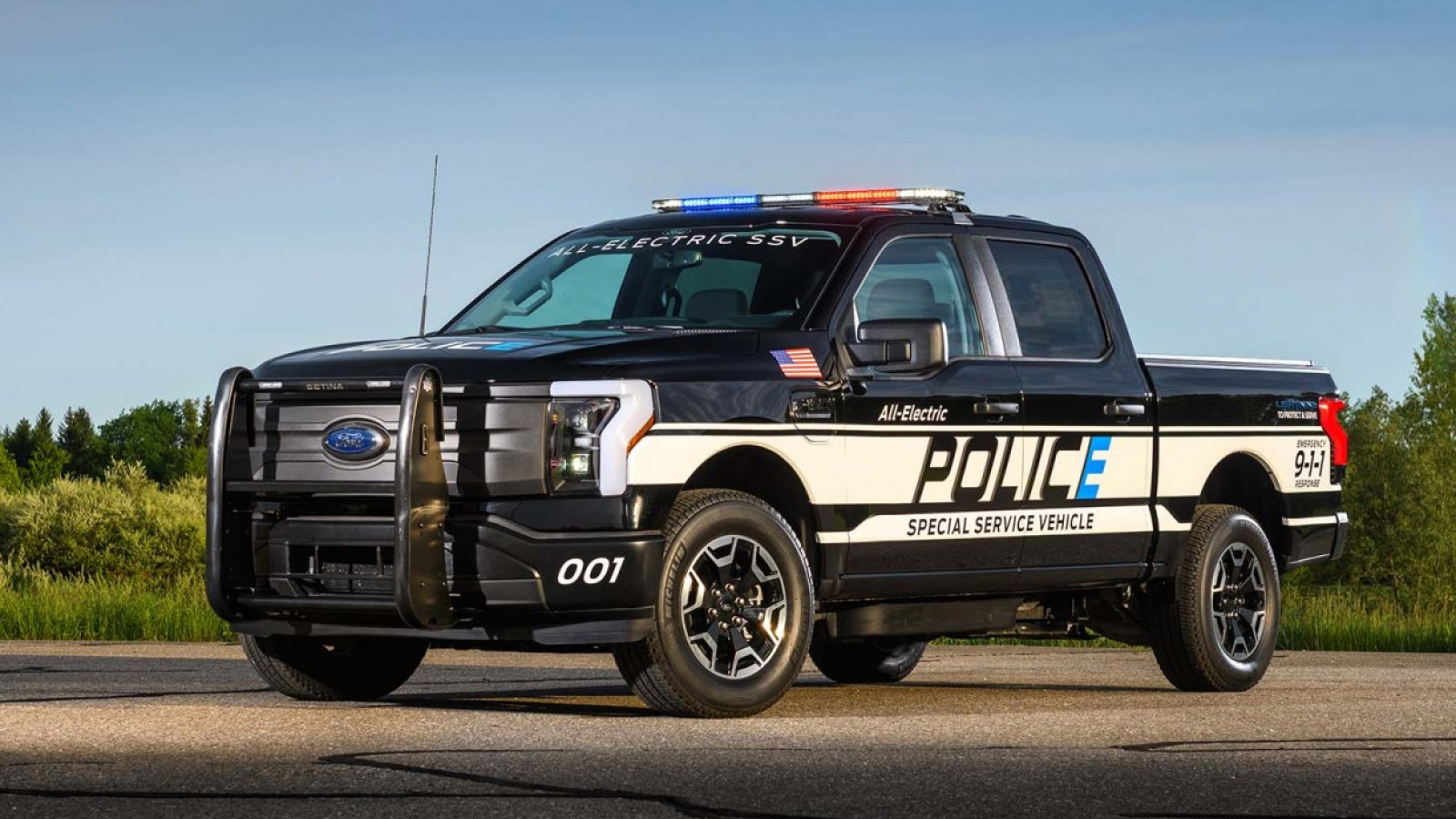 © Ford
© Ford -
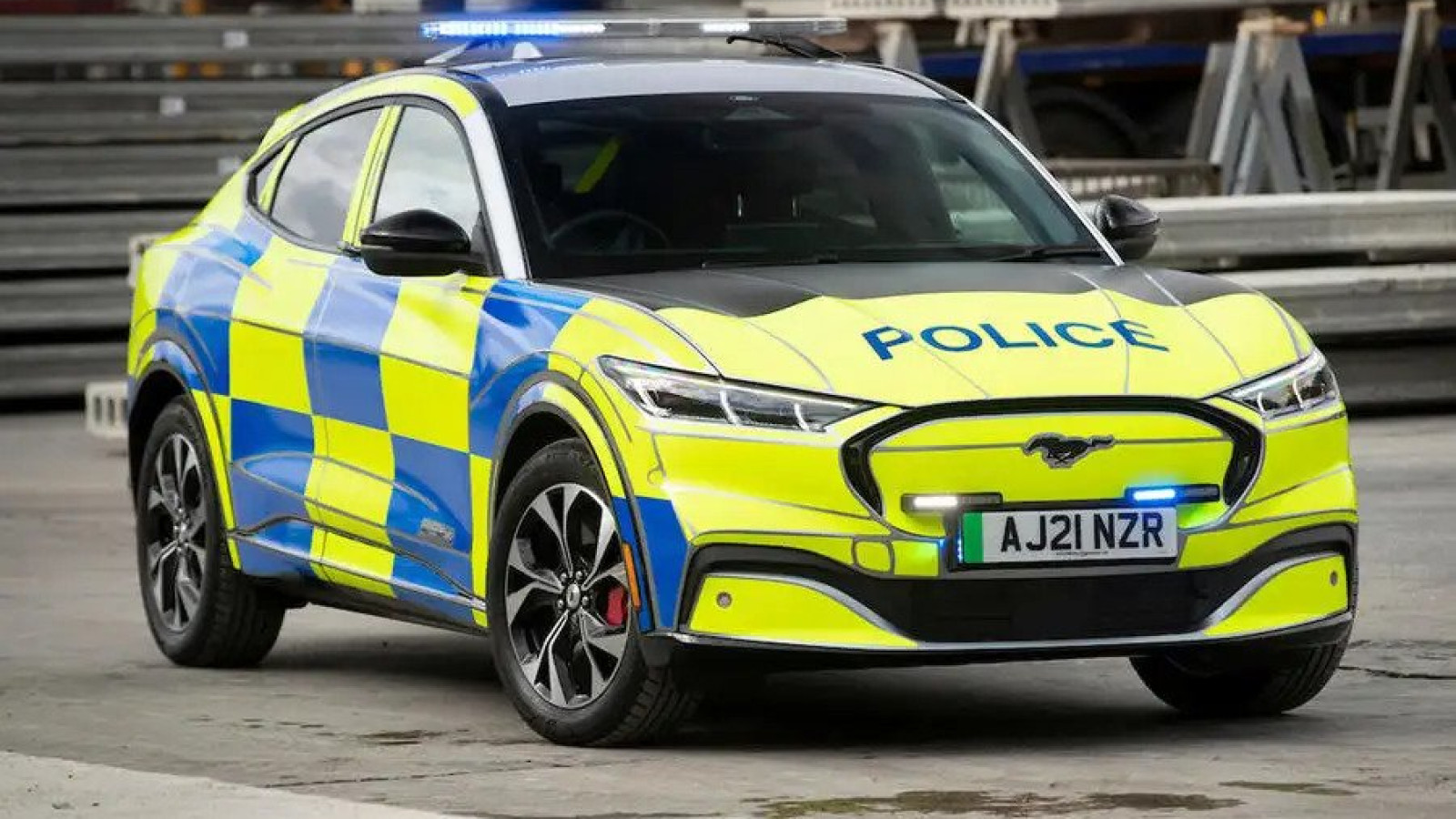 © Ford
© Ford -
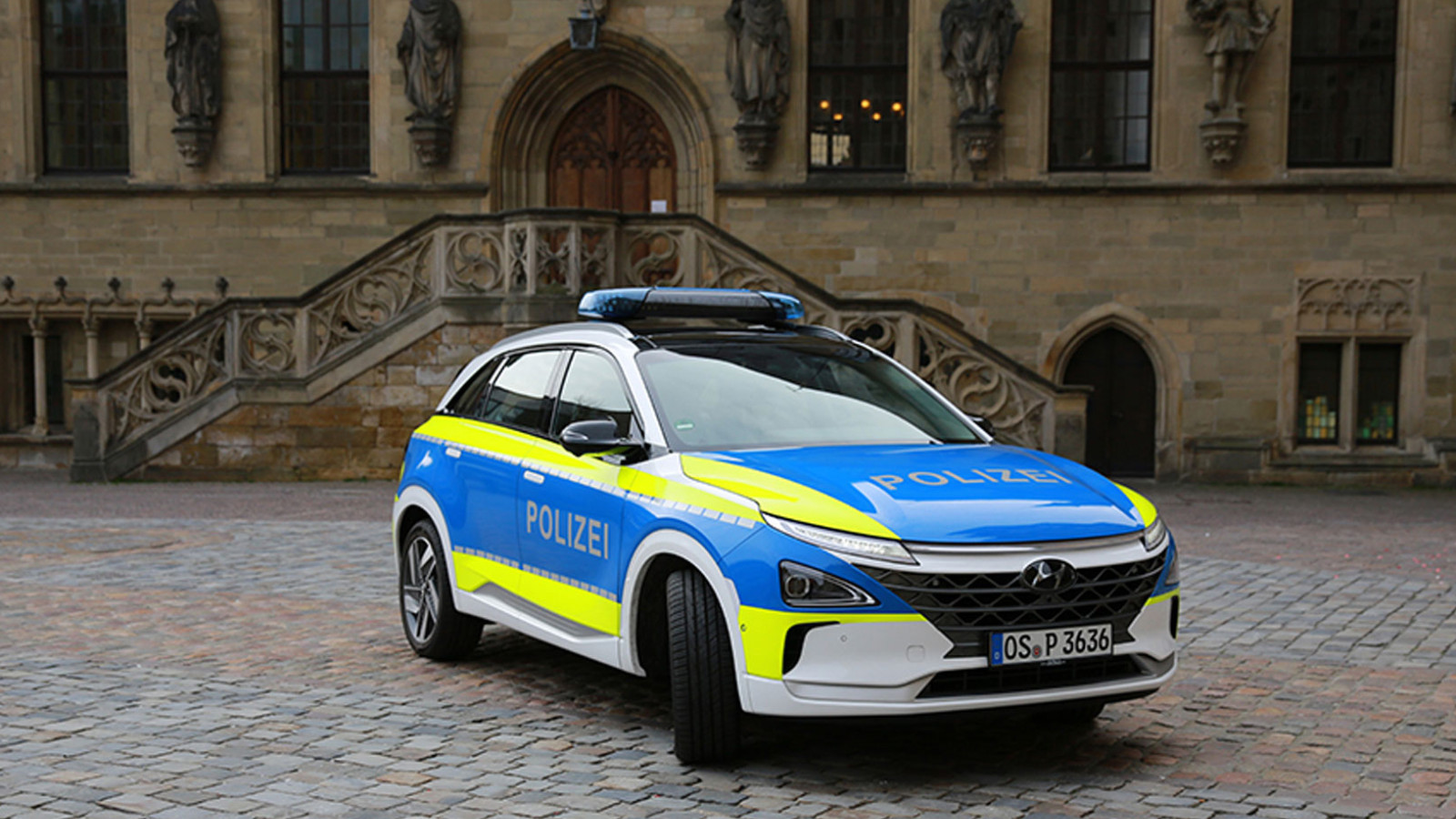 © Hyundai
© Hyundai -
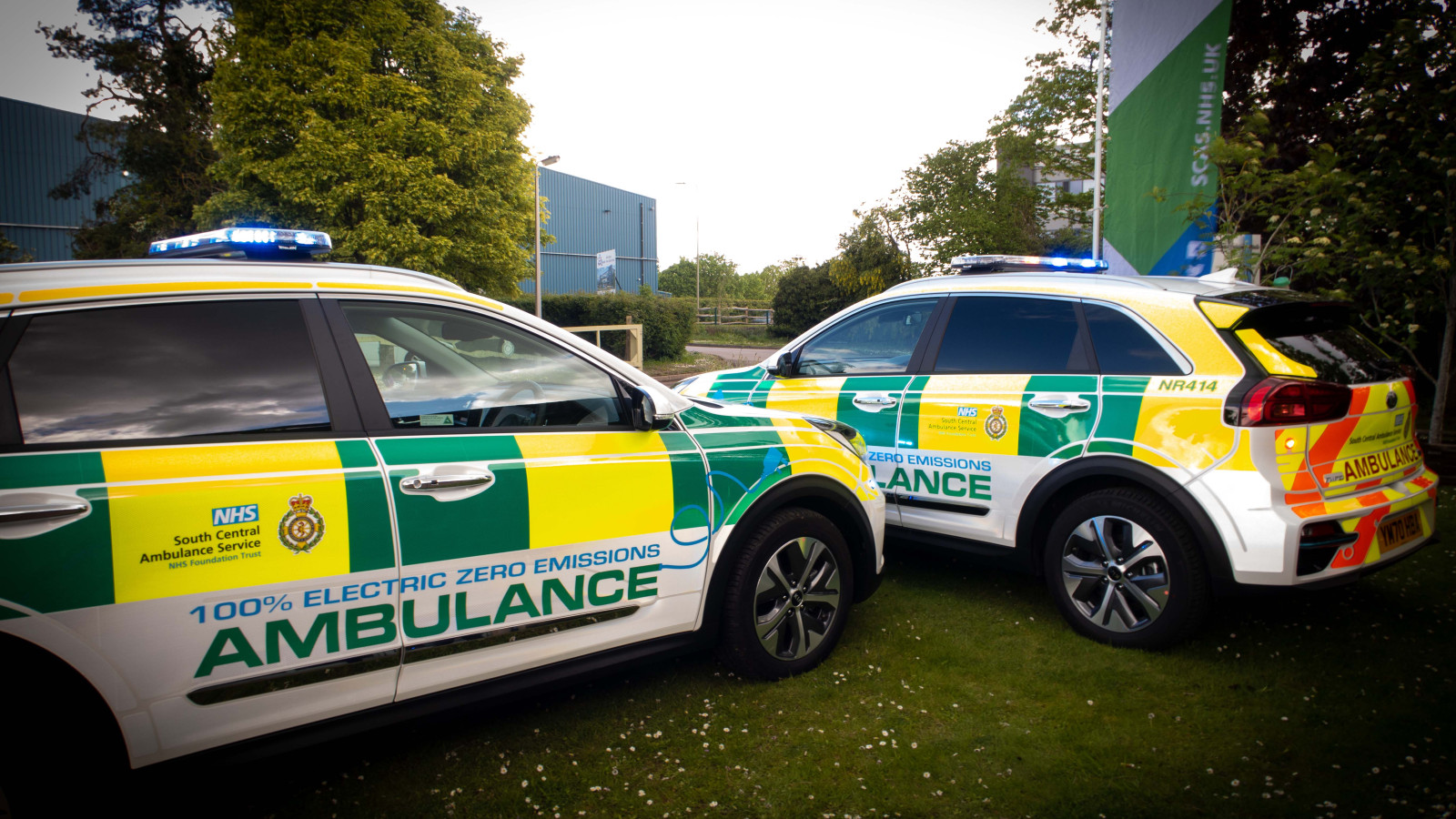 © Kia
© Kia -
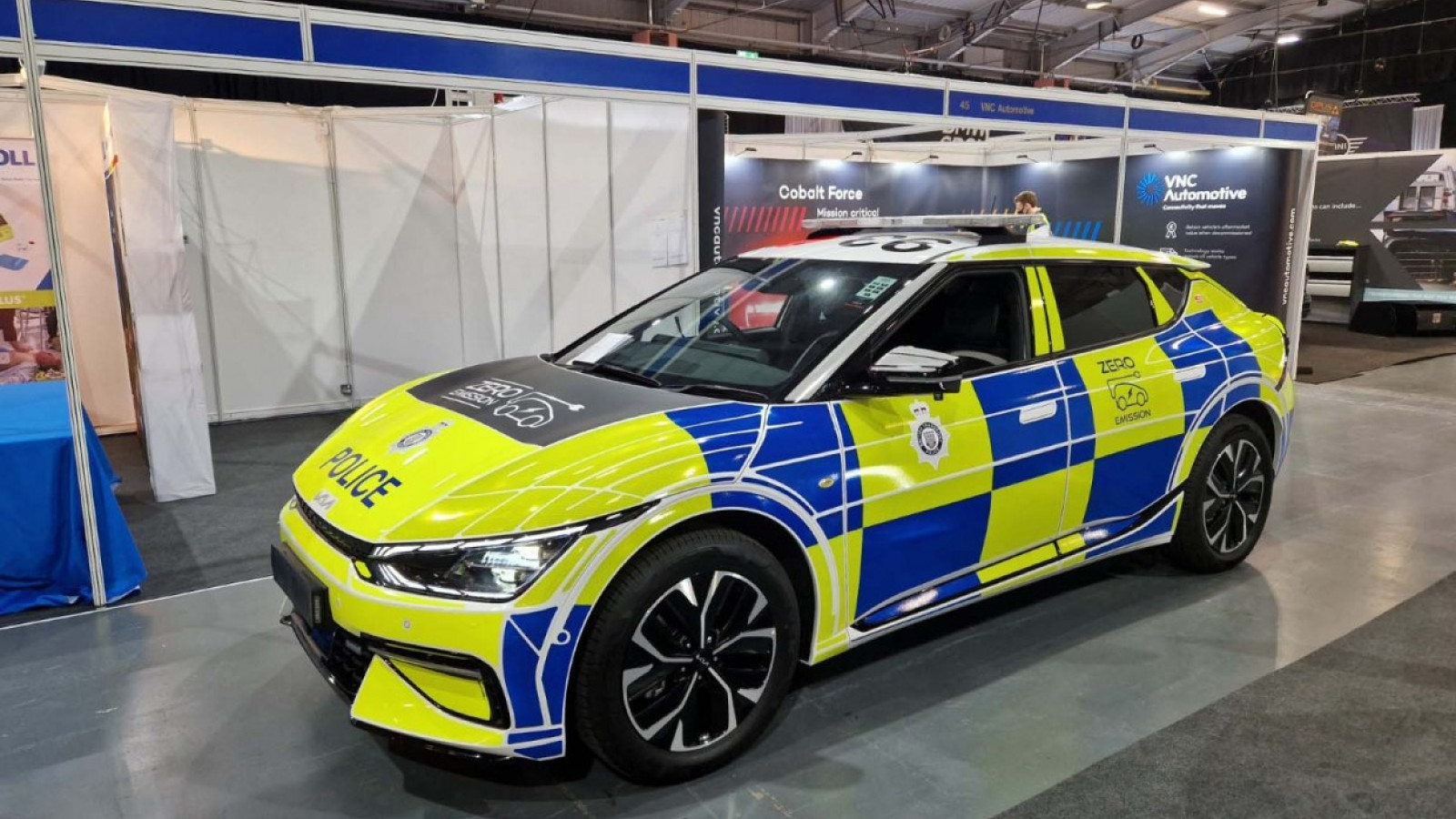 © Kia
© Kia -
 © Nissan
© Nissan -
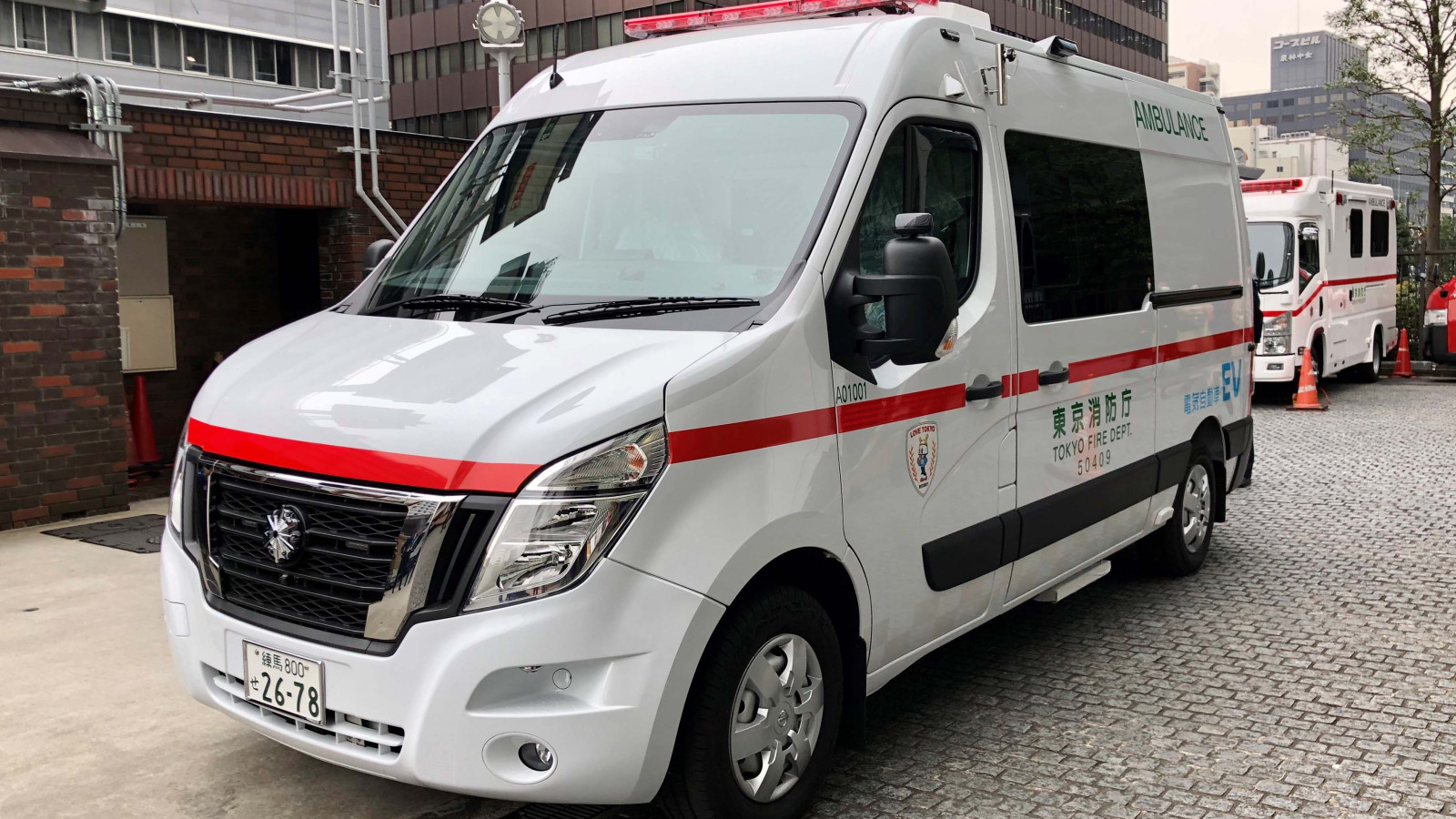 © Nissan
© Nissan -
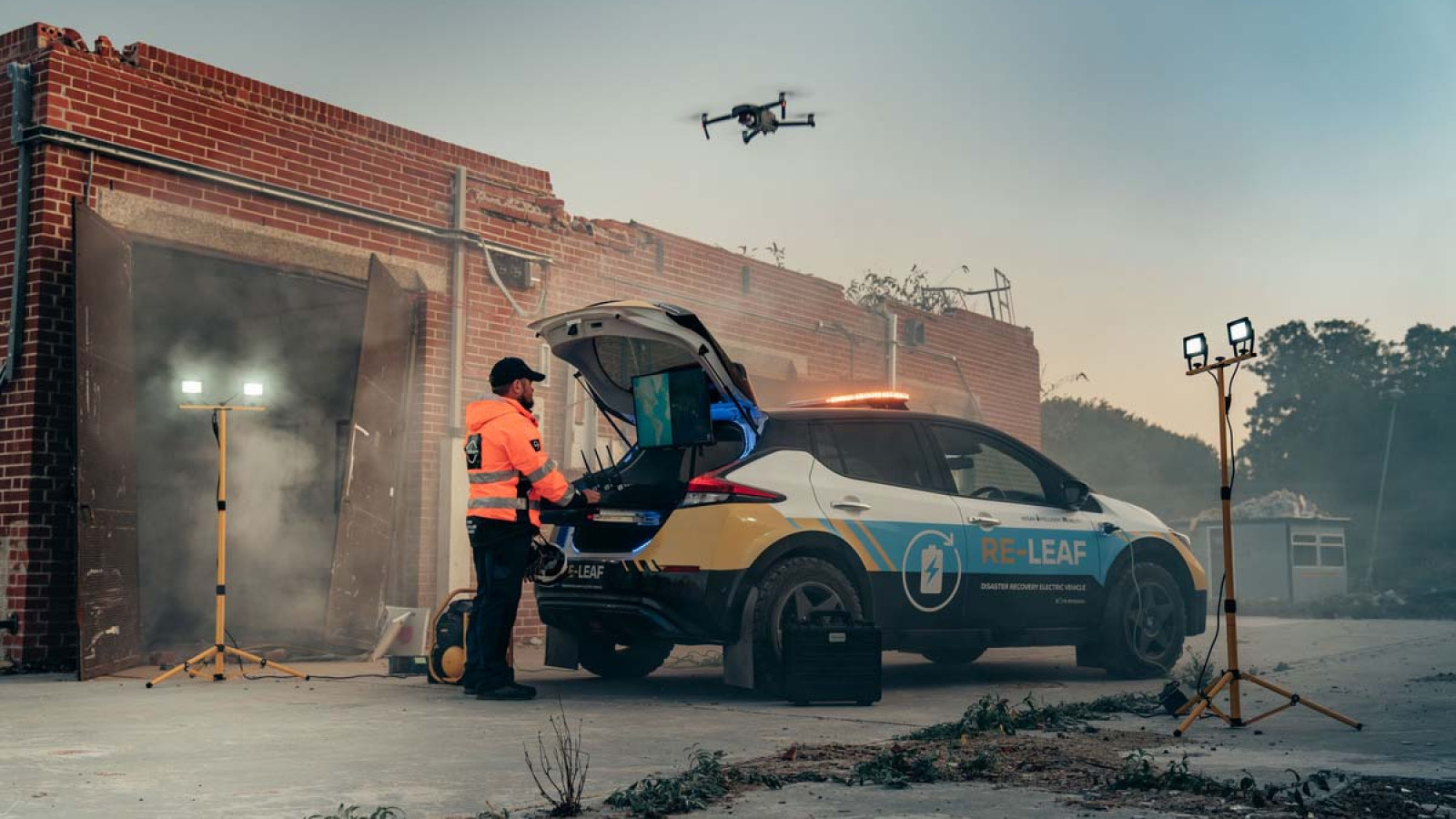 © Nissan
© Nissan -
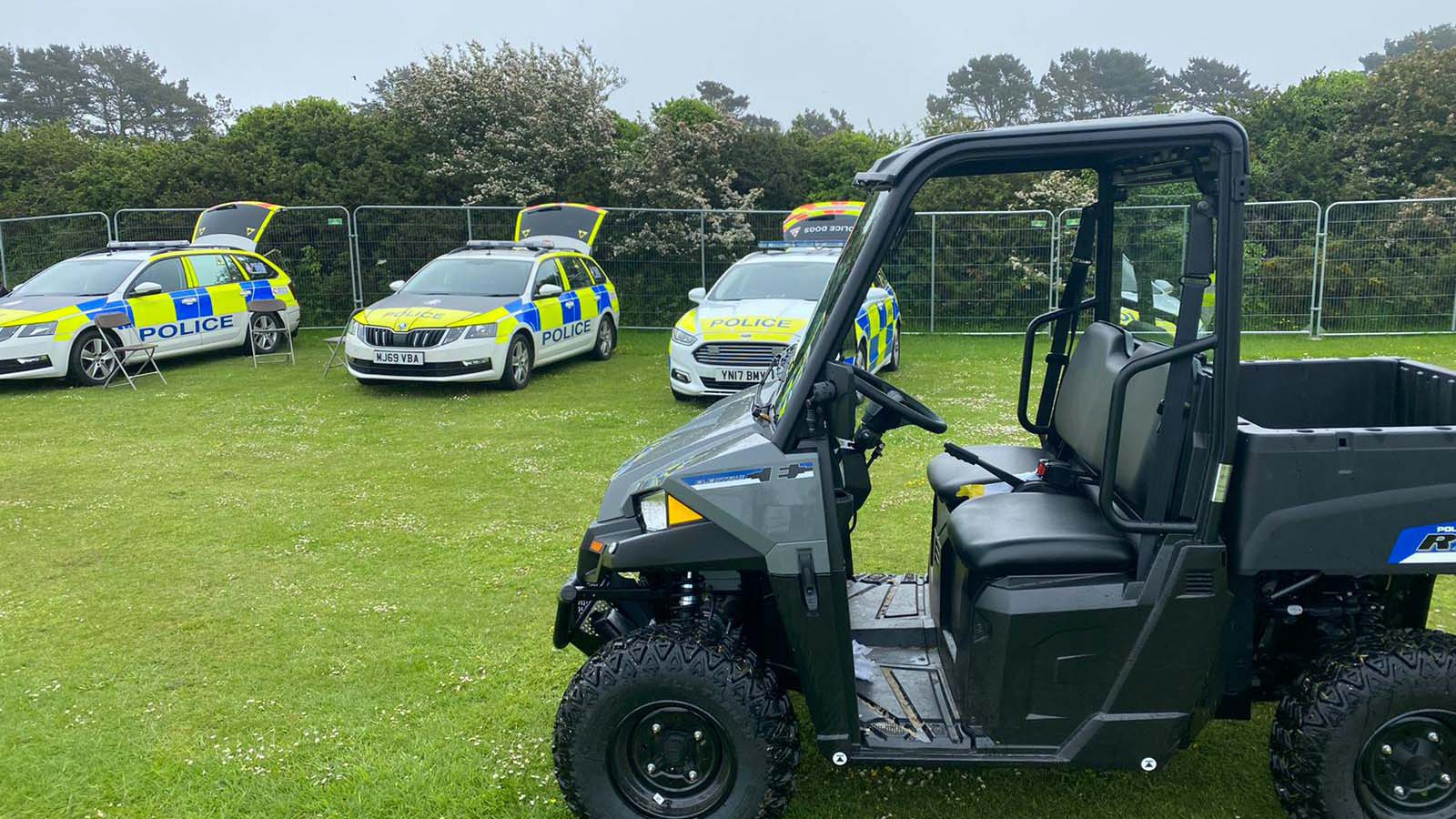 © Polaris
© Polaris -
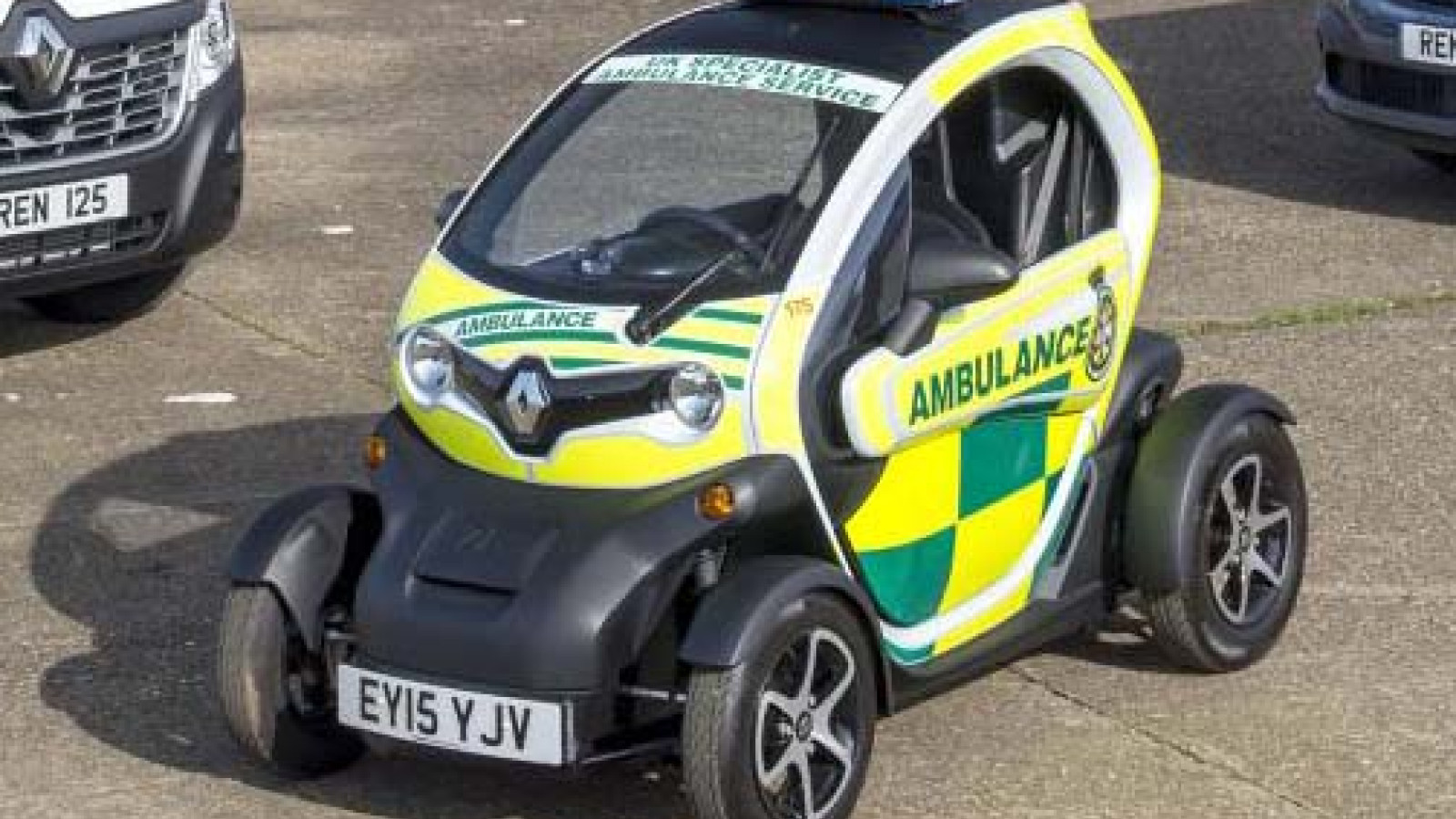 © Renault
© Renault -
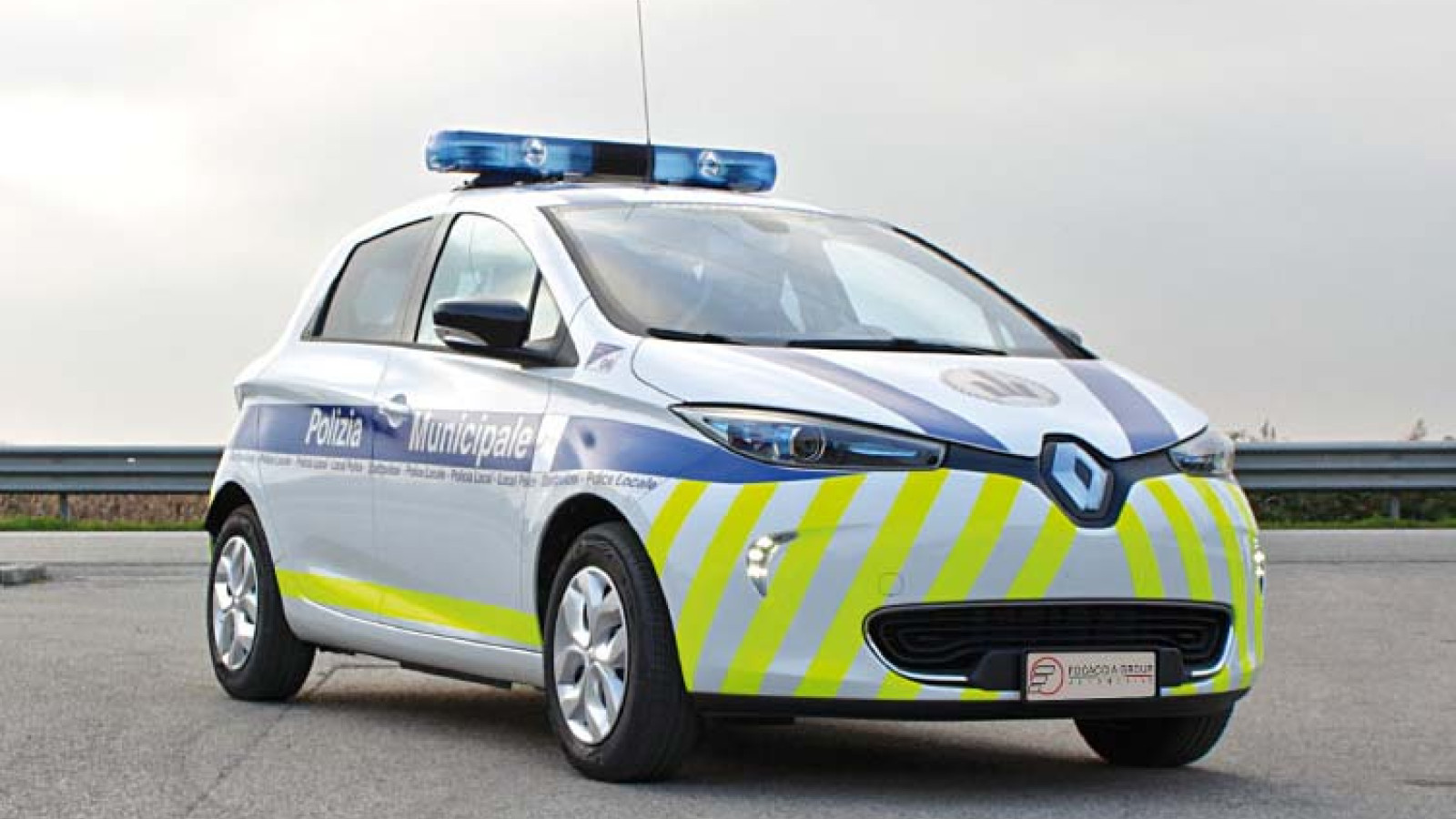 © Renault
© Renault -
 © Skoda
© Skoda -
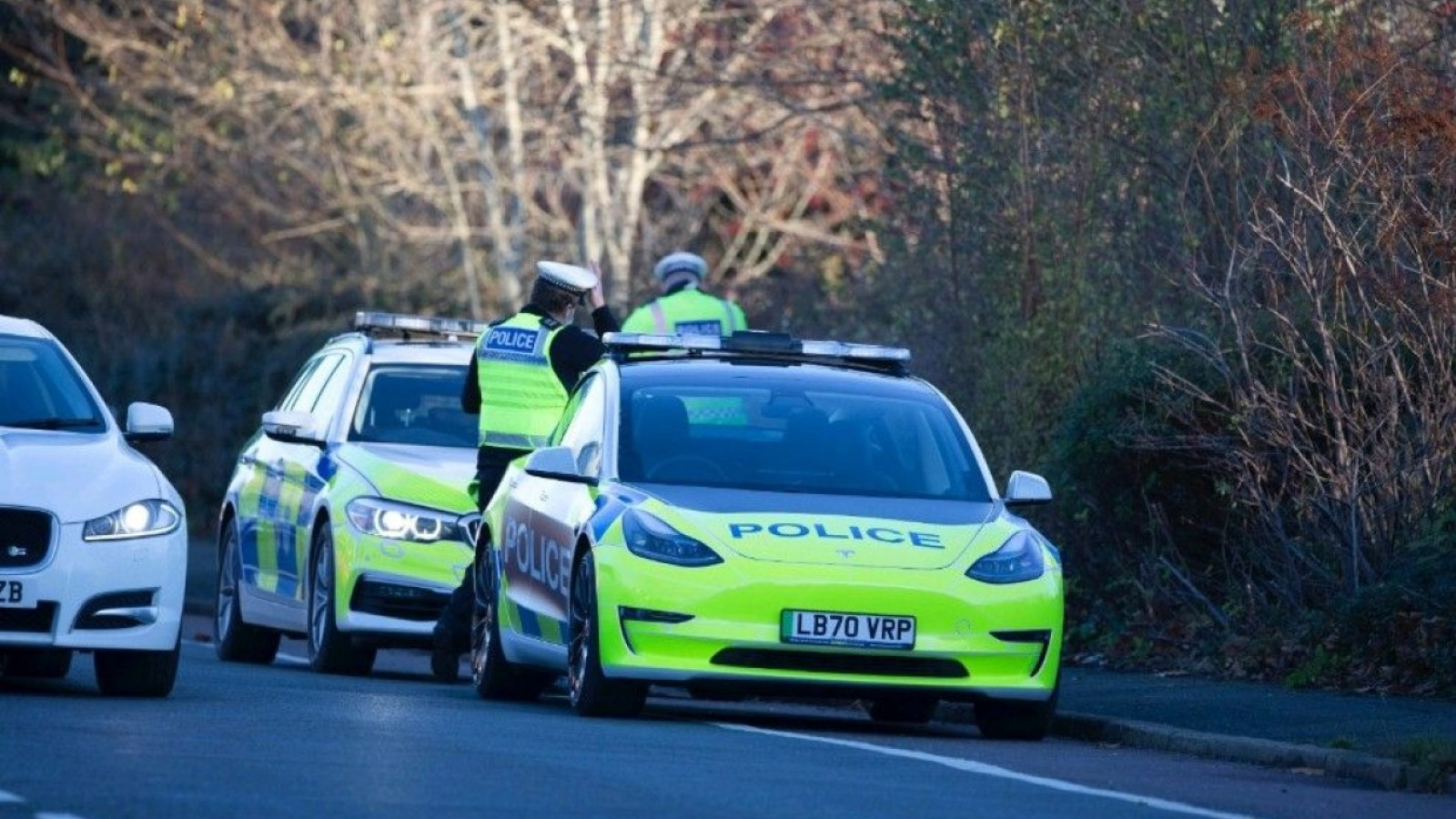 © British Transport Police
© British Transport Police -
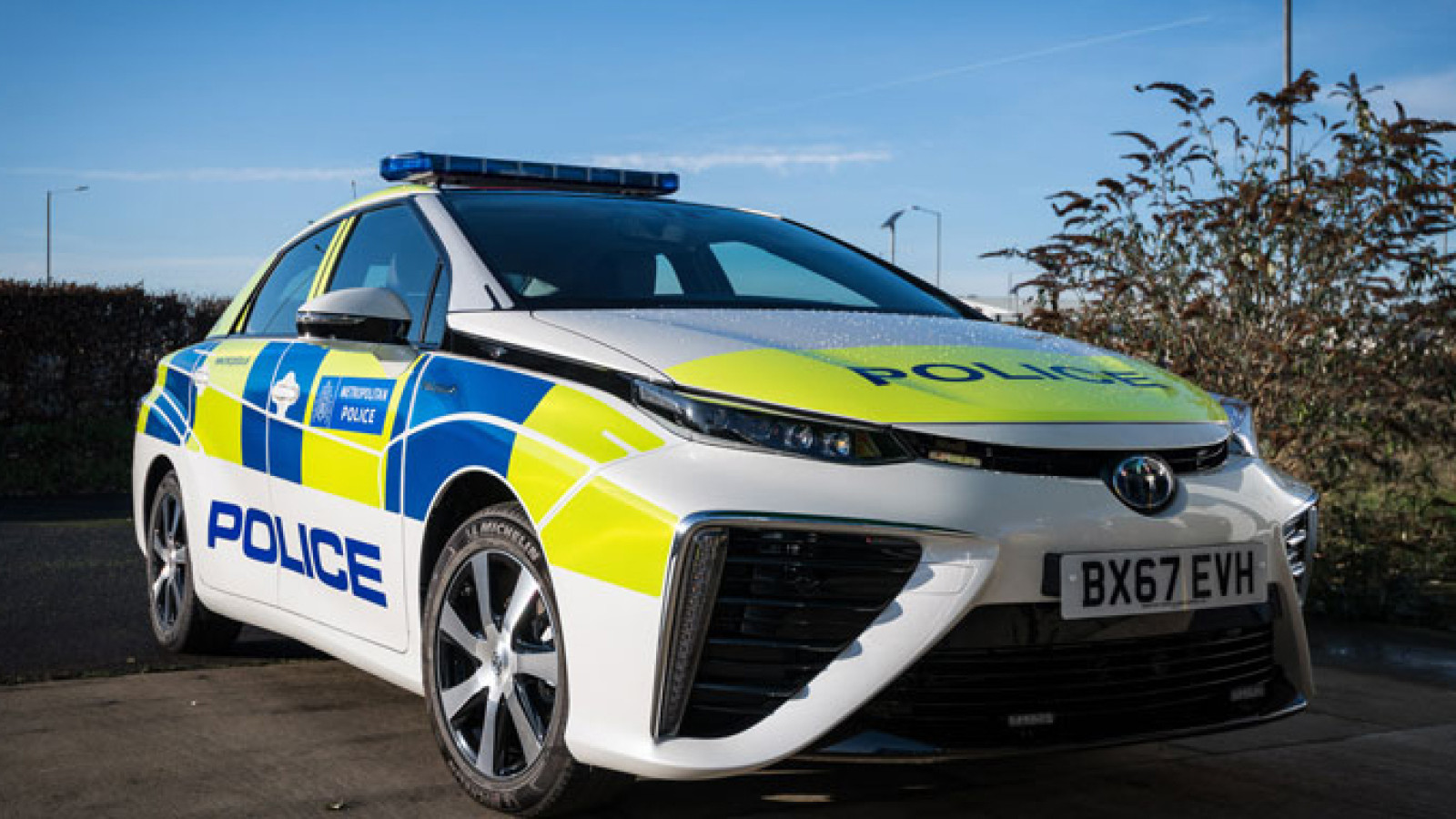 © Toyota
© Toyota -
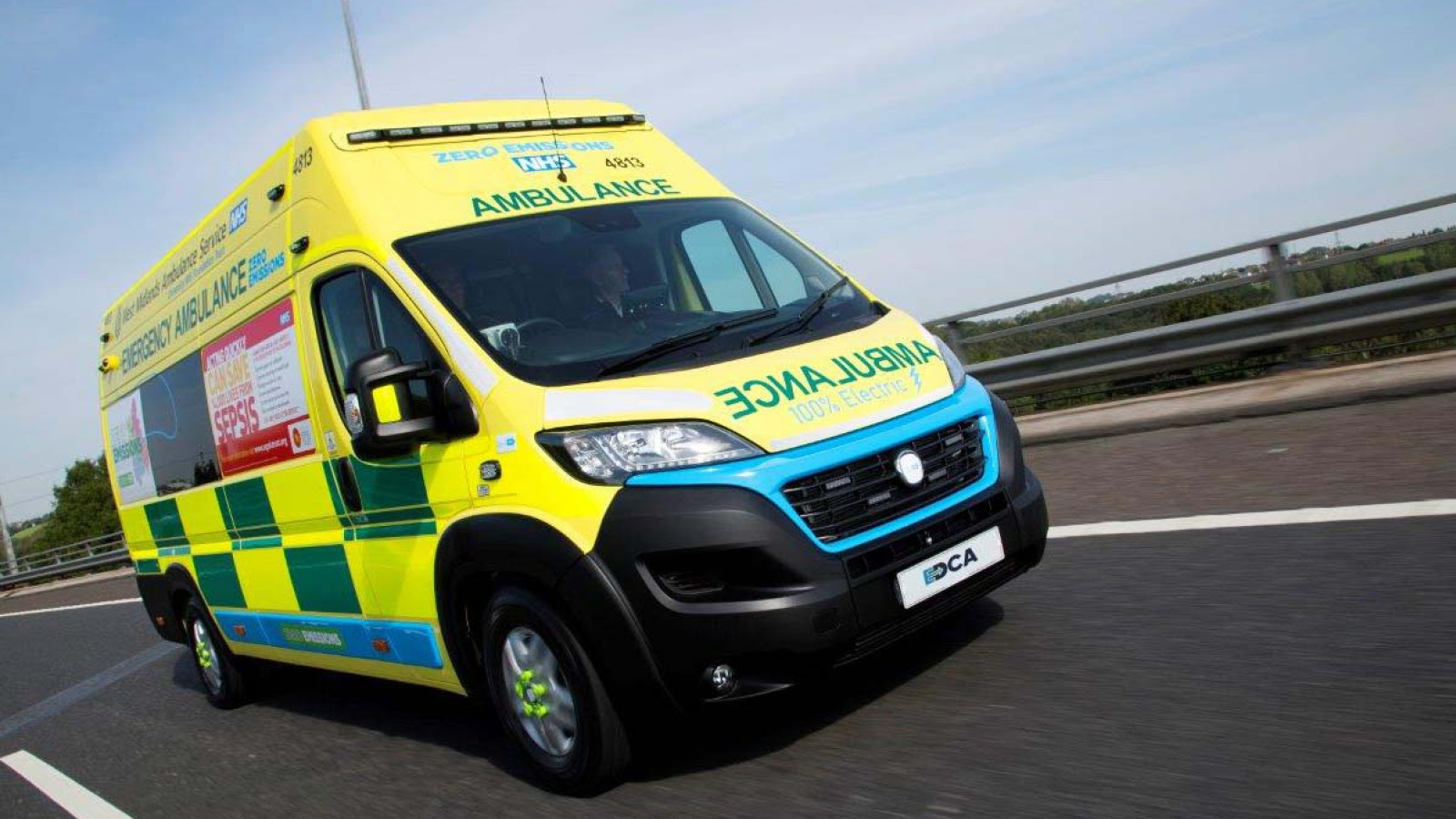 © VCS
© VCS -
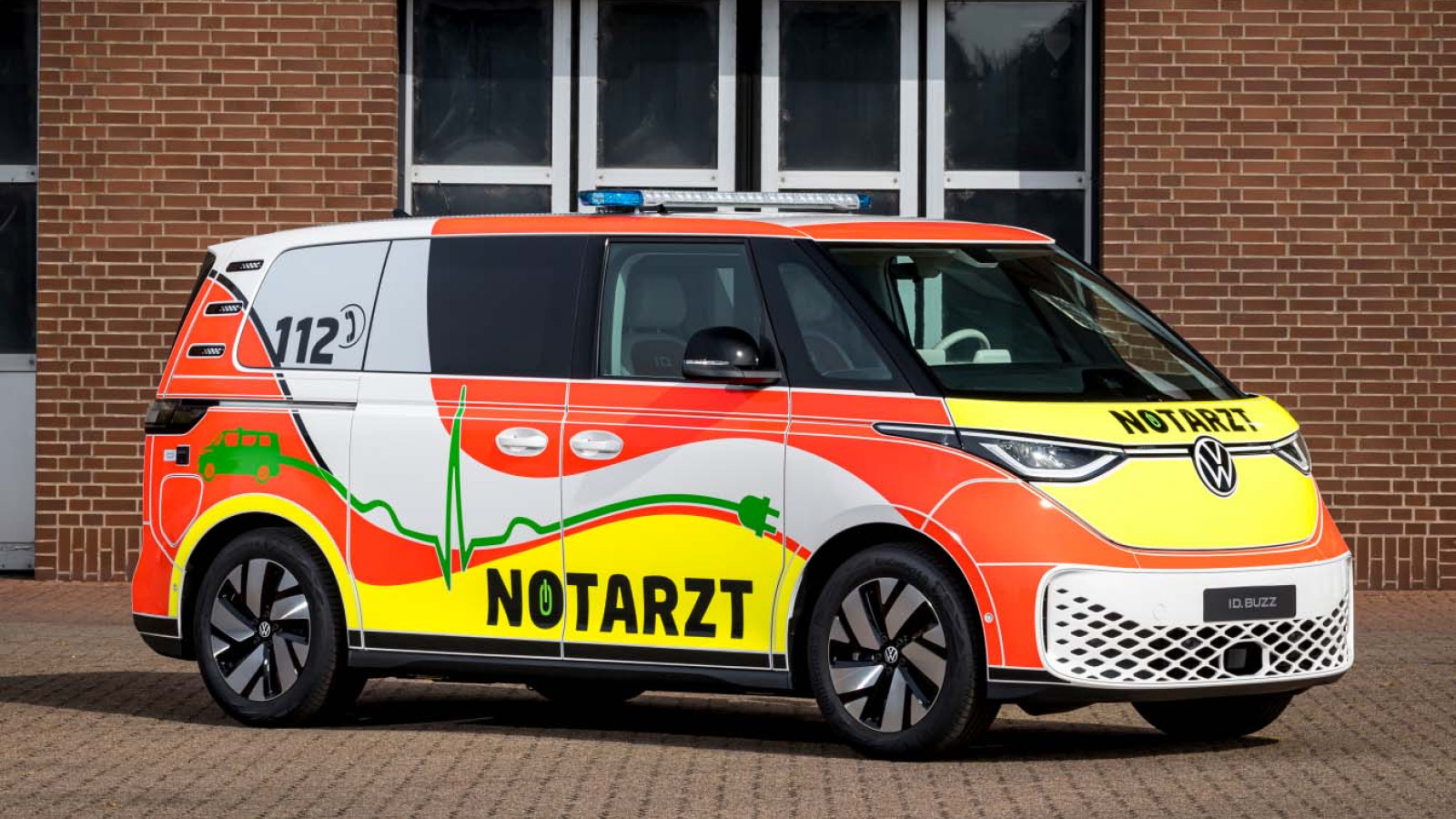 © Volkswagen
© Volkswagen -
 © White Motorcycles
© White Motorcycles
-
Emergency services are becoming more environmentally friendly by committing to the use of electric vehicles to carry out their important work.
From police chase cars to security off-roaders, electric vehicles are already proving that they are capable of supporting police forces and ambulance crews.
So, whether you want to see them or not (and, let’s face it, you’re unlikely to hear them arriving given they are silent) here are some of the electric emergency vehicles that might be coming to your rescue (or to apprehend you).
-
Aurrigo Auto Patrol
It’s not just criminals who may be perturbed by the development of this intimidating looking vehicle - Policemen and security guards also furrow a brow, as it threatens to take their jobs.
Developed in Coventry in the UK, Auto-Patrol is an autonomous security guard that can work to mapped routes, such as inside stadiums, warehouses or fenced facilities, scanning the territory and beaming images back to base for scrutiny.
And should it find something? As well as raising the alarm, it has a rooftop drone that can be launched remotely and track the criminals until human security can get on it.
-
BMW i4 Schnitzer
A front splitter, a rear wing and carbonfibre addendums galore - famed tuner AC Schnitzer has gone to town creating this BMW i4 police car concept.
Based on the i4 M50, performance figures are hard to come by, but expected to mirror or exceed the standard car’s 0-62mph time of 3.9sec thanks to its 536bhp and 586lb ft of torque.
The car is also 20-25mm lower than standard (depending on what springs you select), and runs on 20-inch wheels. There’s also plenty of hard-wearing aluminium upgrades on the interior.
-
Brompton C Line
A blue light bicycle? You’d better believe it, as the police in Surrey, UK, have been making use of a converted Brompton C Line folding electric bike. In recent months - blue flashing lights included.
The bike is typically folded and transported in a car before being deployed for action - be it chasing criminals or getting around quieter streets or at live events, allowing easier engagement with the public.
In one six hour period an officer on the bike caught six people using their phones while driving, one driver without a licence and one with no insurance, stopped one vehicle for driving without due care, another for dangerous driving (which apparently involved a pursuit), made one drugs seizure and took on one case of obstructing the police.
-
Chevrolet Blazer EV
Hard to believe perhaps, but Chevrolet hasn’t had a pursuit-certified electric vehicle on the market for more than 60 years. Next year, all that is set to change, as the Blazer hits the roads.
Skid plates, special police-rated tyres, steel wheels and additional emergency equipment come as standard, while a tow hook to haul either radar equipment or support bikes can be added.
The motor is rated at 410kW (557bhp) with 648lb ft of torque, ensuring it won’t be a slouch - and with a range rated at 290 miles it can join in long pursuits too.
-
Citroën Ami
On first inspection it’s hard to imagine a vehicle less suited on paper to emergency response than a tiny two-seat quadricyle with a low top speed and miniscule range - but clearly the people of Halki, a Greek island, have more creative minds than us.
True, with a top speed of 28mph and a maximum range of 47 miles the Ami wasn’t designed for high-speed or long distance chases, but their local police force and coast guard have a brace each for going about their everyday errands in a cute, environmentally-friendly way.
-
Ford F-150 Lightning Pro SSV
Ford claims that more than 12,000 police departments are its customers - and given this F-150 pick-up has the looks to stop a criminal in their tracks, who can blame them?
With up to 445bhp of power and 775lb ft of torque, the Lightning has the performance to match its looks, too.
Handy modifications include adapted seats to make it easier for officers carrying guns in holsters to clamber in, plus built-in steel intrusion plates in the front seatbacks. The instrument panel is also modified to take extra police equipment. -
Ford Mustang Mach-E
The UK seemingly loves an electric police car, with seven forces from up and down the country evaluating this one-off Ford Mustang Mach-E prototype for potential use.
If the trials are a success, Ford is planning to offer converted Mach-Es in a variety of trims, but the de facto, go-faster cop car is likely to be the GT model, capable of 0-62mph in 3.7secs and a top speed of 111mph.
Modifications on the concept include mounting pods and brackets for the lighting systems, all of which are LEDs to ensure as little energy as possible goes to the systems.
-
Hyundai Kona Electric
Noise and air pollution concerns are leading more cities to consider running electric cars as emergency service vehicles - and the Hyundai Kona Electric is among the most popular, having already been adopted in countries including Germany, Italy, the Netherlands, Spain, Switzerland and the UK.
Feedback has suggested the Kona EV is popular for being competitively priced, having a long range at almost 300 miles between charges and, of course, for being zero emissions. But the Dutch police noted one other benefit, highlighting the fact that the near silence in which it is powered had allowed it to catch a few criminals unawares…
-
Kia e-Niro
Modified by specialists South Central Fleet Services, the Kia e-niro entered service in 2021, carrying all the equipment, medication and supplies that first responder paramedics would typically take to an incident.
The conversion process - from initial assessment top final delivery - reportedly took 18 months, with the e-Niro standing out for its 282 range, which even with a reduction for real-world emergency use was more than enough for a typical 10-hour stint at work, when an emergency vehicle will usually cover 90-100 miles of driving.
-
Kia EV6
The British Transport Police are a particular bunch: when they set out to trial electric cars, they set a minimum requirement of an official range of 300 miles or more, and 150kWh charging capacity, to potentially add 100 miles of range in ten minutes.
The shortlist they came up with featured the Tesla Model 3 and Polestar 2, but here we’re focusing on the Kia EV6. Added equipment includes conspicuity tape, low-profile light bars, multiple LEDs front and rear, a 100W siren, ANPR cameras and a panoply of secure mobile communications.
-
Nissan NV350 Ambulance
Nissan has quite a proud tradition of creating medical conversions of its vans - but this fifth-generation model stood out for its electric powertrain when it was launched in 2018.
Based on the NV350 van, its chief innovation was the addition of an auxiliary lithium-ion battery that could be used to power the life-saving equipment on board - or, if required - to power an entire building in the event of a major disaster.
Nissan also highlighted its zero emissions credentials and the near-total reduction in external and internal noise as a major benefit for suffering passengers.
-
Nissan NV400 Ambulance
Based on the Nissan NV400 van, this official modification hides its capabilities behind a pretty standard looking exterior.
Again, highlights include a bidirectional power supply (so it can use its batteries to power everything from electrical equipment to whole buildings), an extra battery pack to extend its capabilities (and keep the air-con running in a disaster zone) and space for up to seven passengers, although that is reduced if one has to lie down.
The bodywork was created by Japan’s Autoworks Kyoto firm, meetings all of Japan’s stringent vehicle regulations.
-
Nissan RE-Leaf
It’s hard to know which is better - the clever name, or the vehicle itself.
No matter, RE-Leaf - based, you guessed it, on the big-selling Leaf EV - was created as a one off to “demonstrate the potential of electric vehicles in disaster recovery”.
Highlights include bidirectional charging (so it can use energy from its battery to power machinery and appliances), a raised ride height and rally tyres so it can cover broken terrain and the absence of rear seats, so it can carry emergency equipment.
-
Polaris Ranger
Policing the G7 summit - a gathering of the world’s major economies and their allies - is no small task, but one of the vehicles they used certainly was.
Seven Polaris Rangers were part of a fleet in action for the 2021 event in Cornwall, UK and according to the officers at the wheel were particularly useful for patrolling the region’s sandy beaches and otherwise hard-to-access off-road environments.
-
Renault Twizy
Dare we coin the phrase Twambulance, for this Renault Twizy-based ambulance? You heard it here first…
Designed to reach hard-to-get-to places that a more traditional ambulance can’t reach, the Twizy ambulance is nevertheless restricted by its range of 56 miles and top speed of 50mph.
That and the fact that the passenger space requires a patient to sit upright - not that we’d be complaining its narrow dimensions allowed help to reach us in a moment of need.
-
Renault Zoe
Italy’s Foccacia Group may sound like it should be spending its time baking tasty breads ready to be dipped in a mix of olive oil and balsamic vinegar - but, in fact, the firm is an emergency vehicle conversion specialist.
Exhibit A here then is the converted Renault Zoe. Sure, it’s a European supermini that would likely disappear under the wheels of your average American pick-up in a confrontation, but it’s silent, emissions-free running and full blues-and-twos makeover make it the perfect stealth vehicle for catching criminals.
-
Skoda Enyaq iV
One of the key selling points of a Skoda is its versatility, and what better way to demonstrate that than to turn it’s big-selling Enyag SUV into not one type of emergency vehicle, but three.
Covering off all the major bases, whether it is in ambulance, fire or police trim, the Enyaq has a range rated at up to 333 miles, with a 5-80% charge possible in 38 minutes. Underlining its fast-response credentials, 0-62mph acceleration takes 8.5secs (although top speed is just 99mph).
Rear space is also a critical benefit; it’s up to 1710 litres with the seats down - plenty of room to store vital life-saving emergency equipment such as oxygen tanks and ventilators.
-
Tesla Model 3
Trialled by both the police for everyday use and the fire service as a first response vehicle in the UK, the Tesla Model 3 has so far received rave reviews for its range and low running costs, including lower than normal brake wear.
While doubters laughed that the police cars would run out of juice before apprehending criminals, trails revealed they were good for around 200 miles of pursuit driving. Data suggests the typical period of pursuit averages just seven or eight minutes.
-
Toyota Mirai
Did you know the world’s largest fleet of zero-emission hydrogen fuel cell electric police vehicles resides in London, UK?
Well, now you do, with the Metropolitan Police Force there running 11 Toyota Mirais - both marked and unmarked - to patrol the capital’s roads while also hitting targets for cleaner air in and around the city.
The Mirai’s hydrogen tank can be refilled in less than five minutes, with range rated between 300 and 400 miles depending on the age of the car. -
VCS Electric Dual Crewed Ambulance
Famed conversion specialists VCS in the UK launched this electric ambulance in partnership with the West Midlands Ambulance Service.
The firm says it can modify most existing vehicles from OEMs, but its first ambulance is based on the Fiat e-Ducato and has a power output of 129bhp (96kW),a top speed of 75 mph and can achieve a range of 105-110 miles with a recharge time of 4.25 hours.
It’s on trial now in the UK, and if it’s a success is expected to be sold more widely in future.
-
Volkswagen ID Buzz
Based on the VW ID Buzz Cargo, this ambulance concept is designed to replace the more traditional vehicles used by hospitals around the world.
That means patients should get a quiet, smooth ride with plenty of room - there’s up to 3.9 cubic metres of space in the back.
So long as the driver takes it easy there should also be plenty of juice to get the patient to and from the hospital, too - the Buzz Cargo is rated as having a range of between 249-264 miles.
-
White WMC300FR
A concept, and strictly speaking a hybrid rather than full EV, the not-so snapilly titled WMC300FR uses tech developed by White for its attempt on the two-wheeled land speed record which it is set to challenge imminently (and which is more than 250mph).
The three-wheeler was developed in conjunction with Northamptonshire Police in the UK, and is notable for its aerodynamic fairings that greatly increase its efficiency. Chief among these are the aerodynamic front fenders, which funnel the air towards the venturi, reducing overall frontal resistance and meaning less energy is required to propel the vehicle forward.
The 5kW electric system provides assistance at lower speeds and under high acceleration, and combined with the aero work provides efficiency savings of 50% according to its maker.
